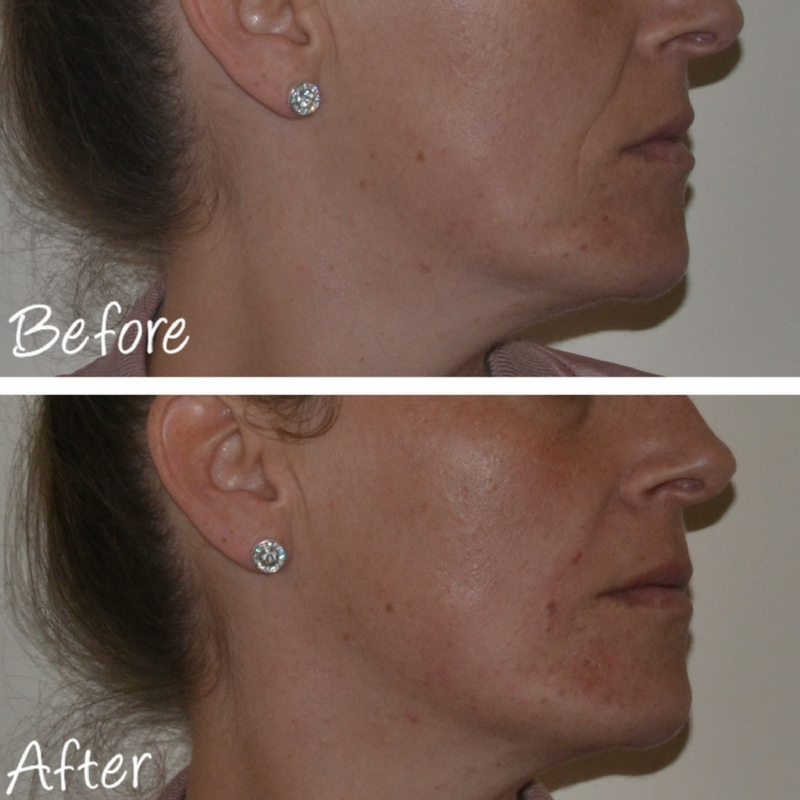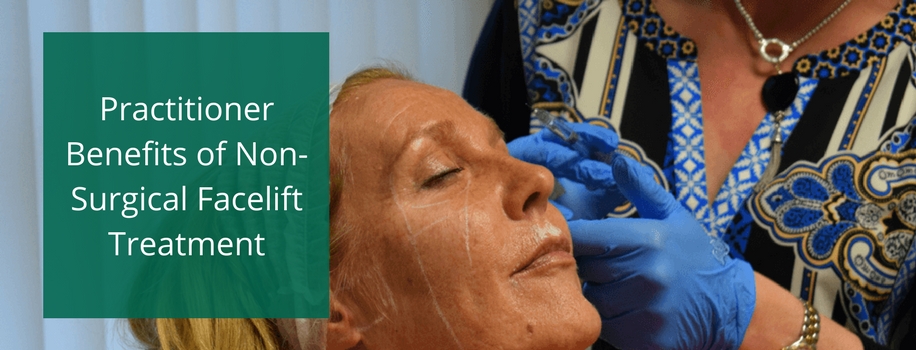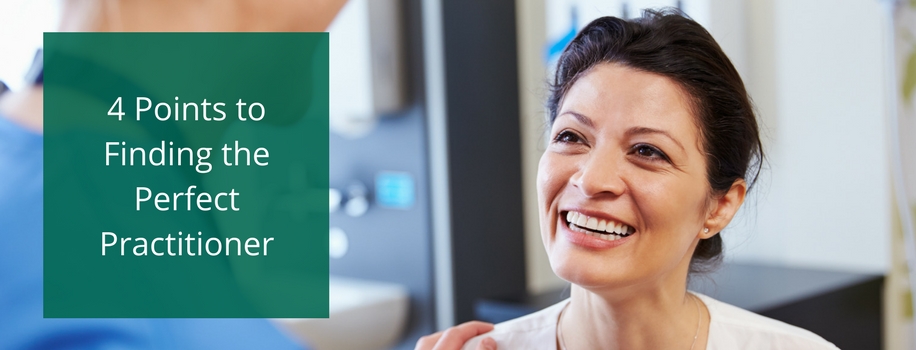A common question we get at Cosmetic Courses from our models is how to treat lines and wrinkles around the mouth. Many are quick to jump to Botox as the answer but for the majority of the time there is another injectable which leads the way.
The mouth is the area of the face which sees the most movement, thus encouraging more wrinkles and fine lines and can be a real tell tale sign of the ageing process. Common concerns we see are that from smoker’s lines, downturned mouth corners, nose to mouth and mouth to chin lines. Ageing in appearance can cause a lack of self confidence and many will jump at a quick cure instead of finding out what works for them. At Cosmetic Courses we pride ourselves on our tailor made treatment plans to help all models in their non-surgical journey.
By using Dermal Fillers volume can be reintroduced into these areas. The result minimises the effects of lines and causes the mouth area to look youthful, banishing signs of ageing. When performed in a safe environment, Dermal Fillers can produce natural, long lasting results that leave you feeling confident and rejuvenated.
Problem areas the can be treated with dermal fillers…

Smoker’s lines
These are formed from a combination of factors such as ageing, sun exposure, heredity influences and the self explanatory smoking lines. They show as small vertical lines and creases which form around the lip line. In combination with a lack of lip tissue, this creates an undesirable appearance for many patients. Using dermal fillers the smoker’s lines can be filled out, causing the area to soften and appear more youthful.
 Downturned Mouth Corners
Downturned Mouth Corners
Downturned mouth corners can be easily treated with dermal fillers to lift the corners upwards. This treatment is also called ‘happy mouth’. Caused by gravity pulling as we age, the lip corners can drop inline with other around the mouth lines and wrinkles. Treatment of this can make a subtle yet significant impact to an individuals appearance.
 Nose to mouth lines (Nasolabial Folds)
Nose to mouth lines (Nasolabial Folds)
These are the lines from the corner of your nose going down to your mouth. This is the most common area for treatment with dermal fillers. Dermal fillers help to soften the lines resulting in an all round youthful appearance. The softening of these smiles lines can help to rejuvenate the lower face.
 Mouth to chin lines (Marionette Lines)
Mouth to chin lines (Marionette Lines)
Marionette lines are from the corner of your mouth down towards your chin. As we age prominent lines will gradually form in this area and often give the appearance of sadness. By minimising these lines with dermal fillers you can achieve a brighter more youthful appearance.
What is a dermal filler?
Dermal fillers are a natural substance formed from Hylaronic Acid (HA). HA is naturally found in our bodies. As we get older our bodies loose a lot of it’s HA causing a loss of volume and resulting in an aged appearance. Unlike Botox, dermal fillers are designed to restore volume and enhance features focusing on areas of volume loss and static (showing with no expression) lines rather than the dynamic lines (showing with facial movement).
Most commonly used for the lips and cheek, dermal fillers can treat many areas of the face. Due to its natural consistency this injectable is a great non-surgical approach for anti-ageing. Instead of relaxing the muscles it helps to fill the problem area.
Why are dermal fillers preferred over Botox for around the mouth?
Both injectables work fantastically so it’s important when coming to a clinic with a concern that you have an open mind about what can be done to treat it.
Dermal fillers work by reintroducing the volume lost around the mouth which is causing the wrinkles. As these lines are static (showing with no expression), filler achieves greater results. Whereas Botox works by relaxing the muscles. This prevention of movement enables the collagen to restore itself within the area which over time softens the lines.

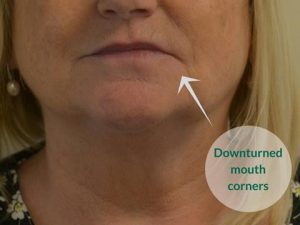 Downturned Mouth Corners
Downturned Mouth Corners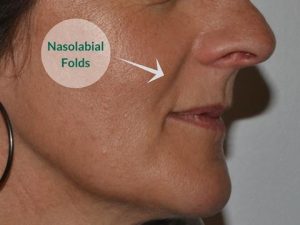 Nose to mouth lines (Nasolabial Folds)
Nose to mouth lines (Nasolabial Folds) Mouth to chin lines (Marionette Lines)
Mouth to chin lines (Marionette Lines) 
